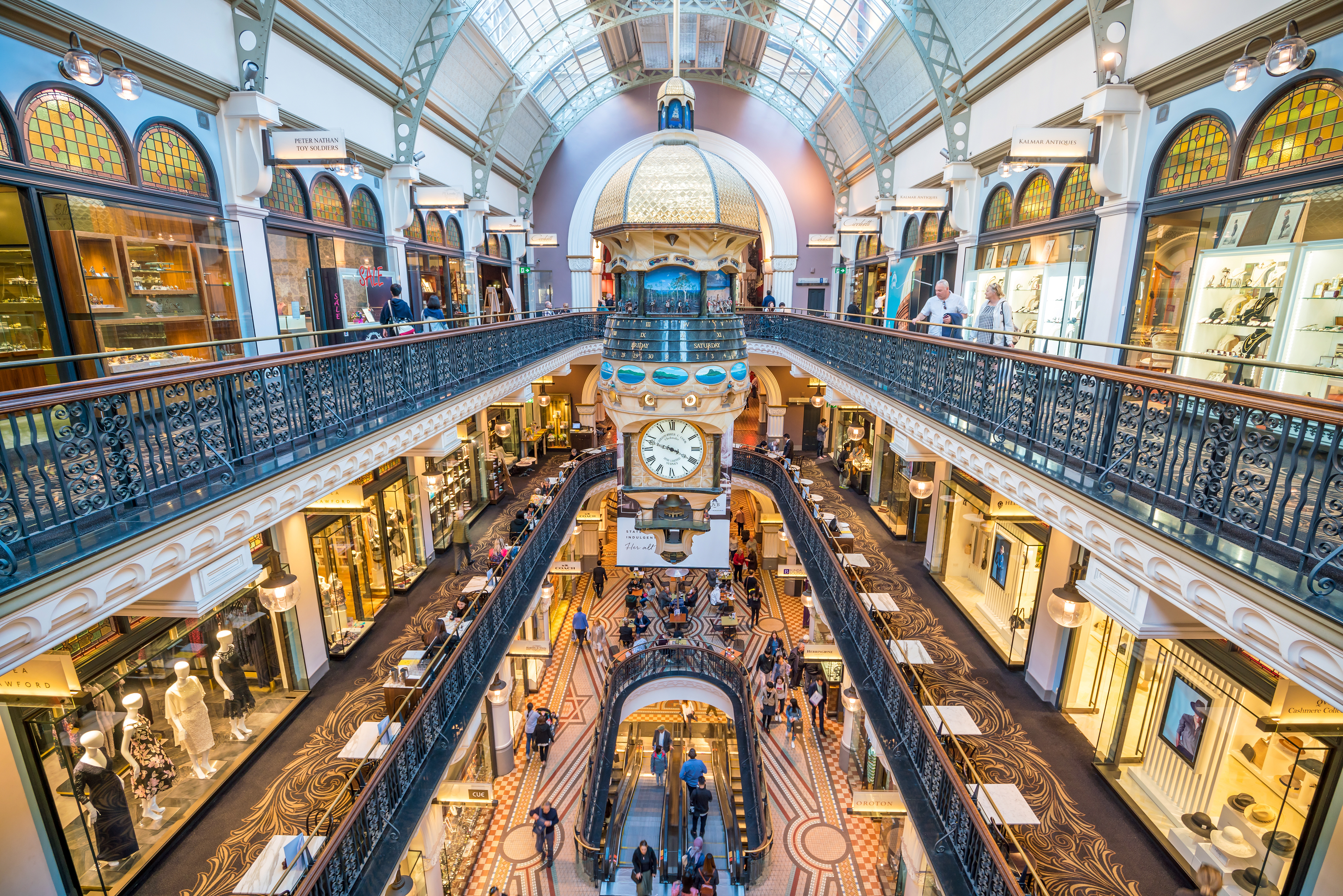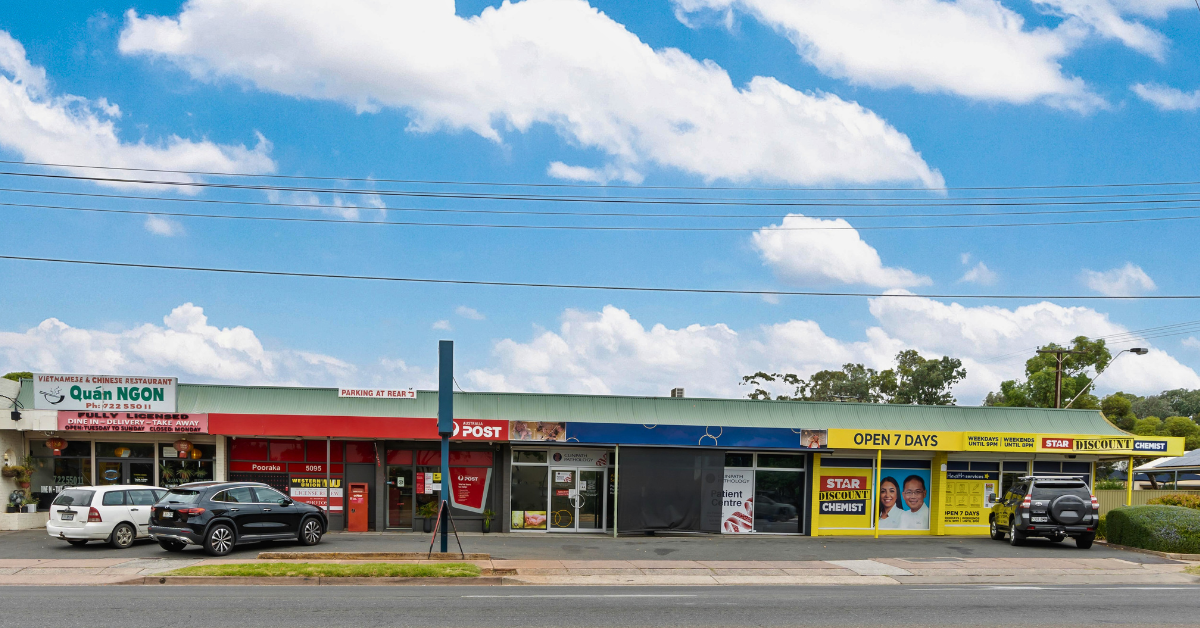Retail Property Stabilises After Pandemic

Retail property is placed for moderate growth despite economic headwinds and the changing consumer spending according to LJ Hooker Commercial’s recently released Retail Market Monitor.
The return of high-rate migration after the pandemic has helped stabilise the retail sector, particularly in non-discretionary industries including education and healthcare, assisting the return to a traditional cycle, the Monitor said.
And while lower GDP is expected for the coming 12 months and cash rate increases affect household budgets, employment levels are strong, retail occupancy rates are low and the correction in house prices may have ended, supporting the ‘wealth effect’.
The International Monetary Fund (IMF) believes Australia is best placed to weather the conditions, growing at 1.6% over 2023 and 1.7% over 2024, outperforming the UK, US, Japan and other major economies.
Major REITs reported strong tenancy rates last year including Scentre Group (1.10%) Vicinity (1.40%) Stockland (0.60%) and GPT (0.60%). Re-leasing spreads are also favourable amongst the major landlords. However, incentives are playing a large role in tenancy-take-up and rental growth is likely to be subdued. Additionally, small business insolvencies are rising, especially amongst service-based food and beverage operators.
LJ Hooker Group’s Head of Research Mathew Tiller said sub-regional and neighbourhood centres with weightings toward non-discretionary tenants would be most resilient to conditions.
“Cap rates in the retail market softened last year, but that was a common theme across all non-residential property,” said Mr Tiller.
“The immediate challenges in the economy remain but we’ve seen retail income and total returns stabilise after Covid.
“Retail spending on a per capita basis is softer, but that’s being somewhat offset by growth in migration. Sub-regional and neighbourhood centres with tenants associated with education and health offerings are best-placed for growth, going forward.
“And as the office sector still comes to terms with the hybrid working movement, retail trade figures suggest the sector has adjusted to the disruption of online spending with the ‘Bricks and Clicks’ stores are experiencing healthy growth.”
Australia Post found Bricks and Clicks stores recorded a collective seven percentage point increase share in online spending.
“The combination of physical and online shopping continues to attract consumers who appreciate the opportunity to see and feel products before buying, but appreciate the convenience of repeat purchasing online,” said Mr Tiller.
Share

.png)

